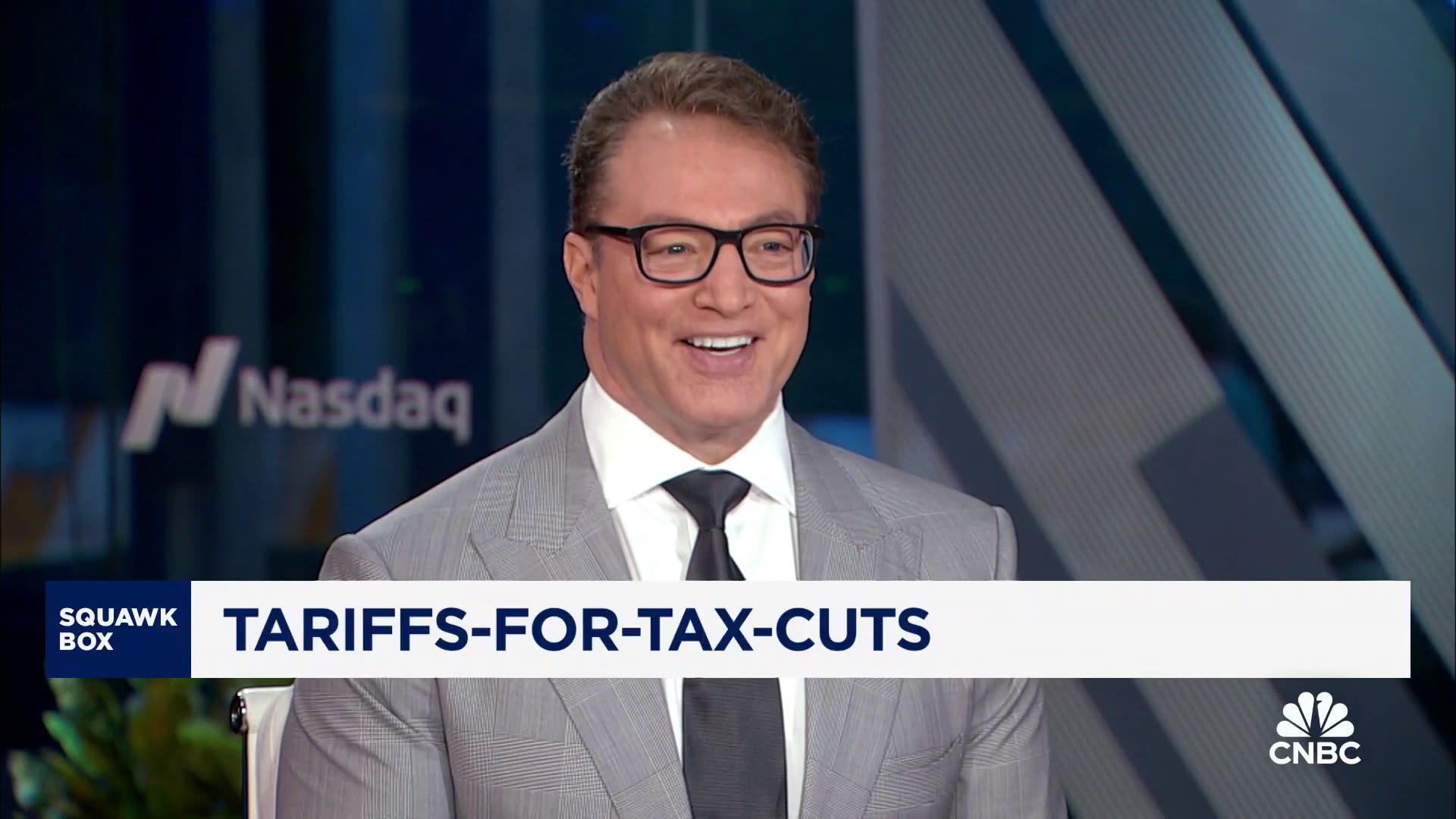Understanding Trump's Tariffs-for-Tax-Cuts Plan

Overview of Trump's Tariffs-for-Tax-Cuts Plan
Former President Trump's income tax strategy includes utilizing tariffs to fund tax cuts for American businesses. This method is designed to promote domestic manufacturing while aiming to reduce tax responsibilities.
Key Components of the Plan
- Tariffs on imports: Intended to raise revenue and encourage local production.
- Tax cuts: Aimed at providing relief for American businesses and individuals.
- Consumer impact: Possible increases in product prices due to rising import costs.
Economic Implications
This strategy could result in a variety of outcomes:
- Increased costs for consumers, resulting from higher import tariffs.
- Trade tensions with other nations may escalate due to retaliatory tariffs.
- Potential short-term benefits for U.S. manufacturers, but long-term sustainability is questionable.
Conclusion
While Trump's 'tariffs-for-tax-cuts' plan aims to stimulate the economy through tax reductions, it presents risks that could counteract these benefits. The balance between protecting American jobs and maintaining fair market prices remains a crucial conversation for policymakers.
This article was prepared using information from open sources in accordance with the principles of Ethical Policy. The editorial team is not responsible for absolute accuracy, as it relies on data from the sources referenced.